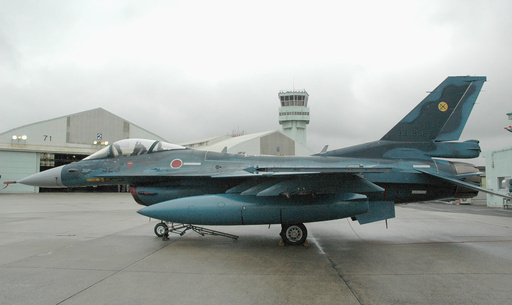
TOKYO — The defense ministers from Japan, the United Kingdom, and Italy have reached an agreement to fast-track the collaborative development of a next-generation fighter aircraft. They also announced plans to create a trilateral government organization that will oversee cooperation with the companies involved in this project, according to Japanese officials on Sunday.
In 2022, these three nations signed an agreement to collaboratively design a new combat aircraft that is anticipated to be operational by 2035 under the Global Combat Air Program (GCAP). This initiative aims to bolster their alliances amid escalating threats from countries like China, Russia, and North Korea. The upcoming fighter jet is intended to succeed Japan’s aging fleet of F-2s, which were co-developed with the United States, as well as Britain’s Tempest aircraft.
During a meeting on the sidelines of the Group of Seven defense ministers’ gathering held in Naples, Italy, Japanese Defense Minister Gen Nakatani disclosed that a new entity, named the GCAP International Government Organization (GIGO), is expected to be established by the end of this year to supervise the development process of the new aircraft.
The meeting involved his U.K. and Italian counterparts, John Healey and Guido Crosett. Several private companies, including Mitsubishi Heavy Industries from Japan, BAE Systems PLC from the U.K., and Leonardo from Italy, are participating in this innovative project.
GIGO will be headquartered in the U.K. and will function under the leadership of a Japanese official to ensure thorough oversight of the fighter jet’s development.
Minister Nakatani expressed optimism, stating, “We are now set to launch GIGO and the joint venture is on track for our first contract to be finalized next year.” This agreement comes as the three nations aim to allay concerns regarding the progress of the project despite leadership transitions in Japan and the U.K.
In Japan, Mitsubishi Heavy showcased a model of the joint fighter jet for the first time, garnering significant interest at a recent aerospace exhibition.
Akira Sugimoto, senior representative for MHI’s Japan program related to GCAP, noted the importance of this joint development for Japanese suppliers and for the country’s industrial infrastructure. “Our foundational approach is to leverage our strengths to create a high-quality fighter jet. I am hopeful that numerous Japanese suppliers will participate in GCAP,” Sugimoto remarked.
He added that this collaboration would enhance the capabilities of Japanese suppliers, subsequently improving their ability to develop equipment, while contributing to a more stable and promising business environment. As Japan continues to modernize its military rapidly, it aims to bolster its defenses against China’s increasing assertiveness. This joint fighter jet initiative is expected to further develop Japan’s largely domestic and underdeveloped defense sector.
Furthermore, Japan has recently relaxed its arms export policies to facilitate international sales of the forthcoming fighter jet and to authorize the licensing of weapons systems, such as the domestically produced surface-to-air PAC-3 missile interceptors. This move aims to support the U.S. inventory, which has been impacted due to its involvement in supporting Ukraine.
